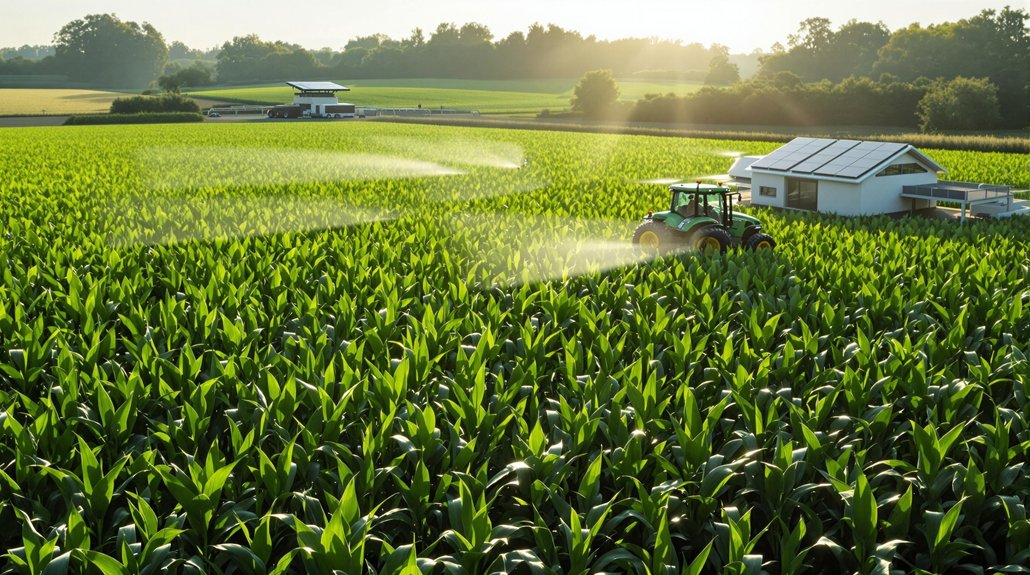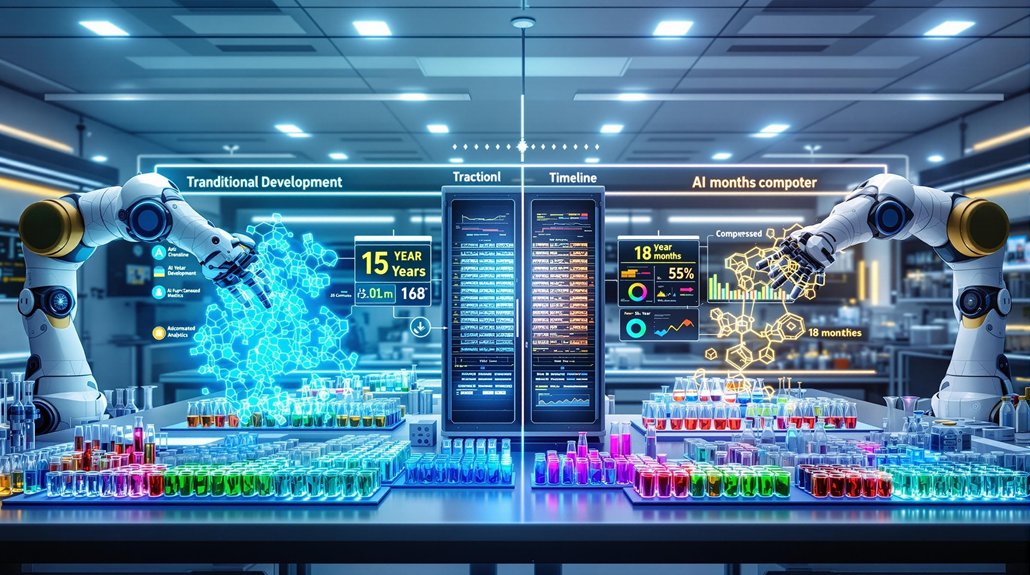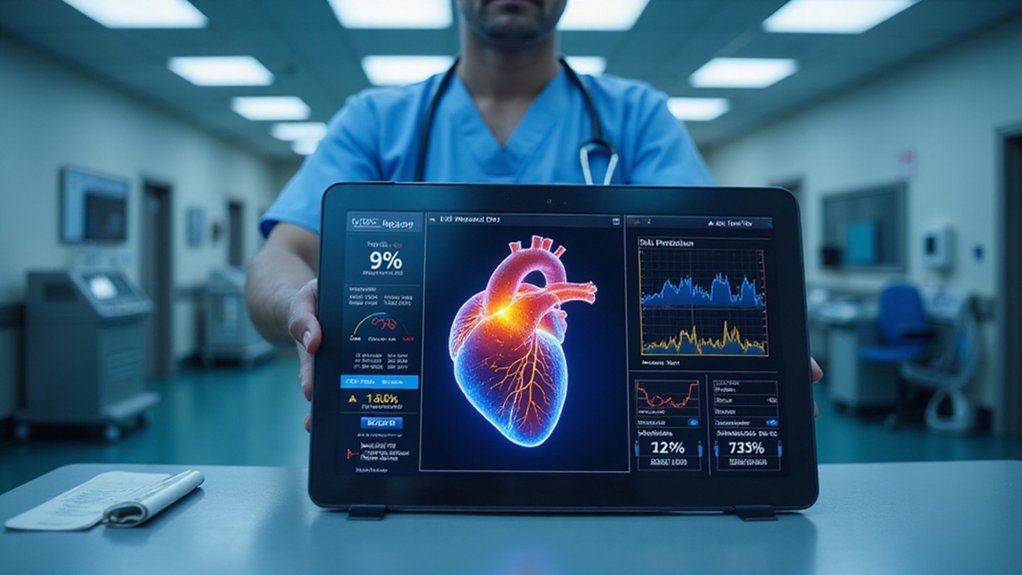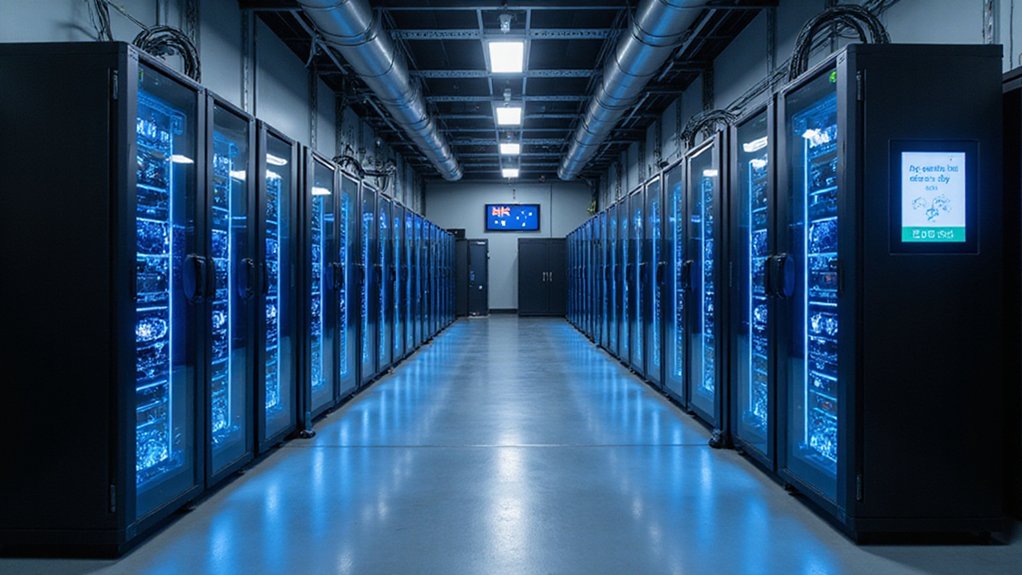USDA research is driving an AI transformation on American farms. New technologies collect real-time field data using drones and sensors. Farmers now use AI to create detailed yield maps, optimize pesticide application, and monitor livestock health. These tools reduce chemical usage by up to 20% while improving resource management. Smart farming technologies are projected to reach $15.3 billion by 2025. Despite challenges like high costs, AI’s agricultural impact continues to expand beyond traditional farming methods.
Countless farms across the globe are experiencing a dramatic shift as artificial intelligence transforms traditional agriculture. The USDA’s research initiatives are at the forefront of this transformation, helping American farmers adopt new technologies that boost productivity and sustainability.
Real-time sensors and drones now collect vast amounts of data from fields. This information helps farmers predict crop yields with greater accuracy and plan accordingly. AI systems analyze this data to create detailed yield maps, revealing patterns that might otherwise go unnoticed. Drone technology can efficiently analyze areas as large as 50 acres, identifying plant stress and pest issues that require intervention.
One of the most notable impacts comes from precision agriculture. AI optimizes pesticide application by targeting only areas that need treatment. This approach reduces chemical usage by up to 20%, cutting costs and protecting the environment.
Precision AI targets pesticides only where needed, slashing chemical use while protecting both farm profits and our environment.
Similar systems manage irrigation, detecting leaks and conserving water—a critical resource in many farming regions.
For livestock producers, AI monitors animal health by tracking essential signs, activity levels, and feeding patterns. These systems alert farmers to potential health issues before they become serious problems, improving animal welfare and reducing losses.
The labor shortage in agriculture is another challenge AI addresses. Autonomous tractors, harvesting robots, and drones reduce dependence on seasonal workers. These machines work with precision that often exceeds human capabilities, operating day and night when necessary.
Economic benefits are substantial. Farms using AI tools show considerably higher returns on investment. Predictive analytics improve crop pricing strategies and supply chain management, making American farms more competitive globally. Global spending on these smart agricultural technologies is expected to reach $15.3 billion by 2025.
Even smaller operations benefit from increasingly affordable and scalable AI solutions.
AI also helps farmers adapt to climate change. Weather prediction models identify risk areas for droughts or floods, allowing for proactive planning. Sustainable farming methods supported by AI reduce carbon emissions while maintaining or increasing production levels.
Despite these advantages, challenges remain. High upfront costs, limited access to standardized data, and technological literacy barriers prevent many farmers from adopting these powerful tools. Similar to healthcare implementation issues, data privacy concerns arise when AI systems collect and process sensitive farm operational information.
As these obstacles diminish, AI’s role in agriculture will only continue to grow.









